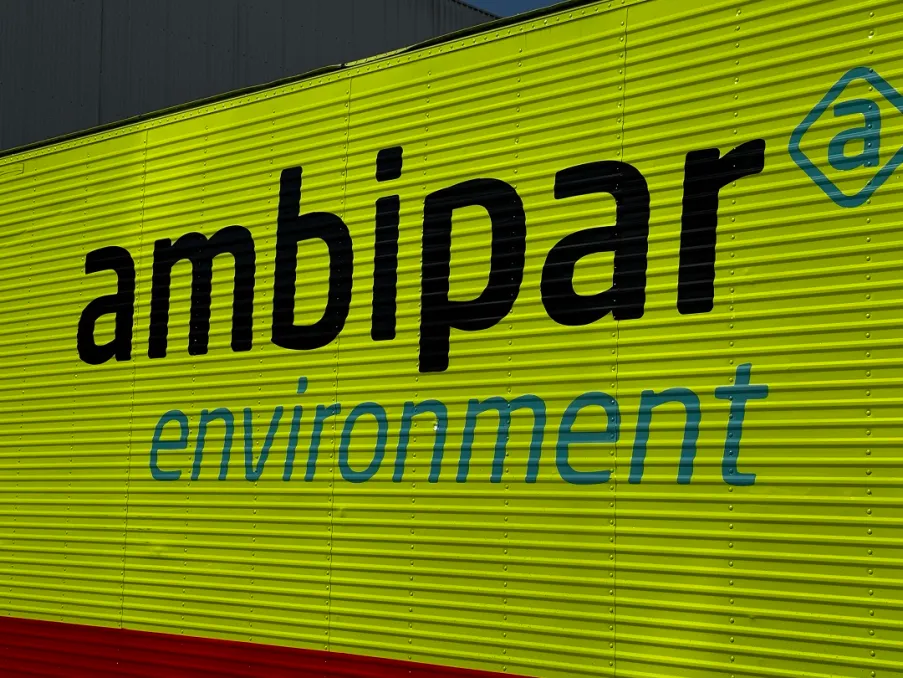The carbon cycle — the passage of the element from the environment to living beings and vice versa — is essential for life on the planet.

By Marketing Team
Posted in March 17, 2024

The main biogeochemical cycles for existence are the carbon and nitrogen cycles. While the former is present in all molecules of the body and is responsible for the composition of all existing matter, the latter is a component of all amino acids in the body and makes up about 78% of the air we breathe.
The carbon cycle — the passage of the elements from the environment to living beings and vice versa — is essential for life on the planet.
Carbon is present in graphite, diamond, and graphene, the “material of the future.” It also appears in lignin, essential for plant survival, and in all matter one can imagine. Therefore, it is vital for the existence of not only humans but all living beings.
The carbon cycle occurs in two ways: biologically, with the intake of carbon dioxide by plants and bacteria, and geologically, with the exchange of CO2 between the atmosphere and hydrosphere.
Because it is so essential to human life, it is natural that all our processes require the absorption and elimination of carbon. However, are we exceeding what is necessary to the point where even the tree — the “natural technology” of carbon capture — does not have the means to balance this equation?
What is carbon dependence?
Generally, the term “carbon dependence” refers to the perpetuation of systems that use fossil fuels to the detriment of low-carbon or carbon capture technologies. It is, for example, the work of factories that eliminate tons of greenhouse gases (GHGs) without concern for the consequences of this act.
This lack of commitment from companies and industries is the main issue behind the damages highlighted in the 2021 IPCC report. This is because all the machinery and execution processes — both of high investment — require the elimination of these gases. Since a change in this cycle requires financial investment, it is easier to continue eliminating these gases into the atmosphere.
Emission mapping is key to sustainability
How can a company understand its carbon dependence? The key is to know its carbon footprint, i.e., discovering how many GHGs are released in its routine activities — from the smoke emitted by its factories to the transportation its employees use to get to work.
It is a broad spectrum that encompasses absolutely all the processes necessary for the execution of a product or service. Therefore, it includes the activities that employees perform within the company, logistics, and even suppliers. All of this cycle is included in the carbon footprint of the same company.
The reduction of an organization’s carbon footprint, therefore, positively influences all those who are directly or indirectly involved in its activities.
Zero footprint
A leader in environmental management solutions, Ambipar has been working on two fronts to reduce the carbon footprint: creating strategies for reduction, proper disposal, and waste valorization, while also adopting practices for the company’s operations.
One of Ambipar’s changes was joining the Go Ethanol program, replacing gasoline with ethanol in the company’s 280 light vehicles. Additionally, the fuel allowance used by employees to refuel these vehicles is programmed to accept payment for alcohol only.
Among the various initiatives to achieve zero carbon footprint, Ambipar has two areas of environmental preservation, equivalent to 89 hectares of preserved forest.
An integrated solutions shopping
Ambipar not only dedicates itself to completely reducing its footprint and generating carbon credits, but also wants clients, organizations, and even ordinary citizens to follow the same path. To facilitate this journey, the company has been acquiring companies that offer technological and innovative solutions for circularity and emission compensation. The client receives an Emission Compensation certificate and also allows the traceability registration of the entire process.
Reducing the carbon footprint is essential, but it must be coupled with accountability for the GHGs eliminated in the atmosphere. As long as the company continues to release the chemical element, it needs to take responsibility for what to do or where to emit it. When carbon is deliberately released into the atmosphere, sustainability is lost — regardless of whether the company cares about ESG practices.
As seen, carbon is essential for the existence of the entire ecosystem. But human activities, especially industrial ones, are disrupting the cycle and causing serious climate problems. When each organization takes responsibility for itself, it becomes easier to solve this problem.
Ambipar understands this and takes sustainability as its great mission. Through exclusive technological solutions, the company will help your business reduce its carbon footprint.
- Contact a commercial analyst to find out how we can help your company.


